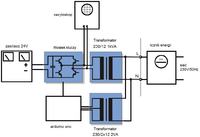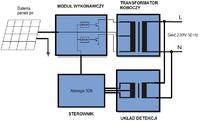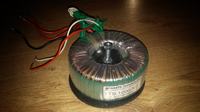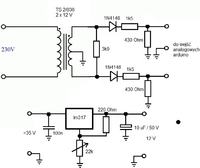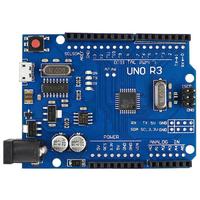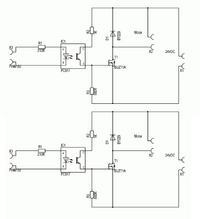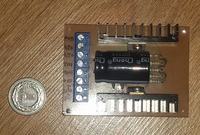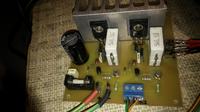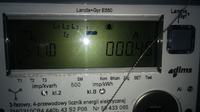Hello. I am looking for a description of the construction of an inverter that would allow surplus of energy generated in the micro-source to be fed into the power grid. The most commonly seen construction is up to 1kVA and not necessarily MPPT. The micro-source would have a voltage at the maximum point of 30V and a power of approx. 1kW. For now, I do not care about achieving inverter efficiency at> 90%. Please do not write about the conditions of connection to the network or the security of the fire. because most of the forum users are aware of this. Please share your knowledge because the topic of network inverters of your own design on the Internet is silent. Thank you.
For "encouragement" I put a scheme of a very simple construction. What do you think about her?
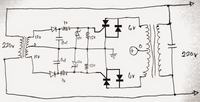
For "encouragement" I put a scheme of a very simple construction. What do you think about her?




